The Chankillo Archaeoastronomical Complex is a prehistoric site located in the coastal desert of Peru. Dating back to the 3rd century BC, it is one of the oldest known astronomical observatories in the Americas. The complex consists of a fort, towers, and an artificial mound, all of which are thought to have been used for astronomical observations. The 13 towers along the ridge of a hill form a toothed horizon that spans the annual rising and setting arcs of the sun, providing a solar calendar to mark dates with an accuracy of 1-2 days. The complex provides evidence of early astronomical knowledge and its role in the cultural life of ancient societies.
Get your dose of History via Email
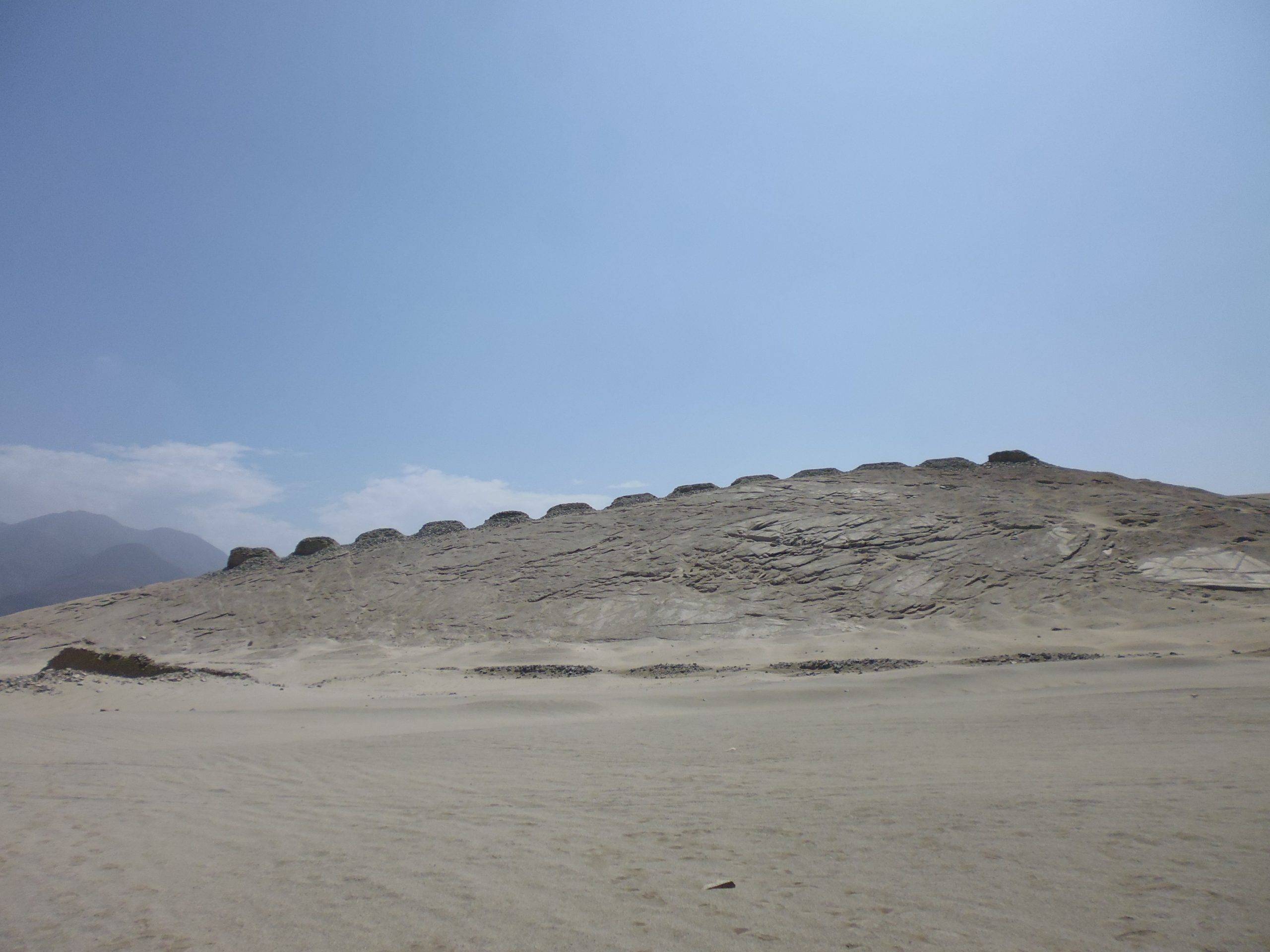
What is the significance of the Chankillo Archaeoastronomical Complex in understanding ancient astronomy?
The Chankillo Archaeoastronomical Complex holds immense significance in understanding ancient astronomy. The thirteen towers are a unique construction, providing a horizon calendar that marks the solar year with high precision. This is one of the earliest known examples of such a calendar in the Americas. The complex’s layout and alignment with the sun’s annual cycle provide insights into the astronomical knowledge and practices of the ancient cultures of Peru.
The complex’s fort, with its distinctive radial walls, is thought to have been used for solar observations, while the artificial mound may have served as an observation point. The existence of these structures demonstrates the importance of astronomy in the religious and social life of the ancient cultures of Peru. The complex’s design and function also provide evidence of the technical skills and scientific understanding of these cultures.
The Chankillo complex is not just an archaeological site but also a valuable astronomical tool. Its preservation and study can provide a wealth of information about the astronomical practices and beliefs of ancient cultures, contributing to our understanding of the history of astronomy.
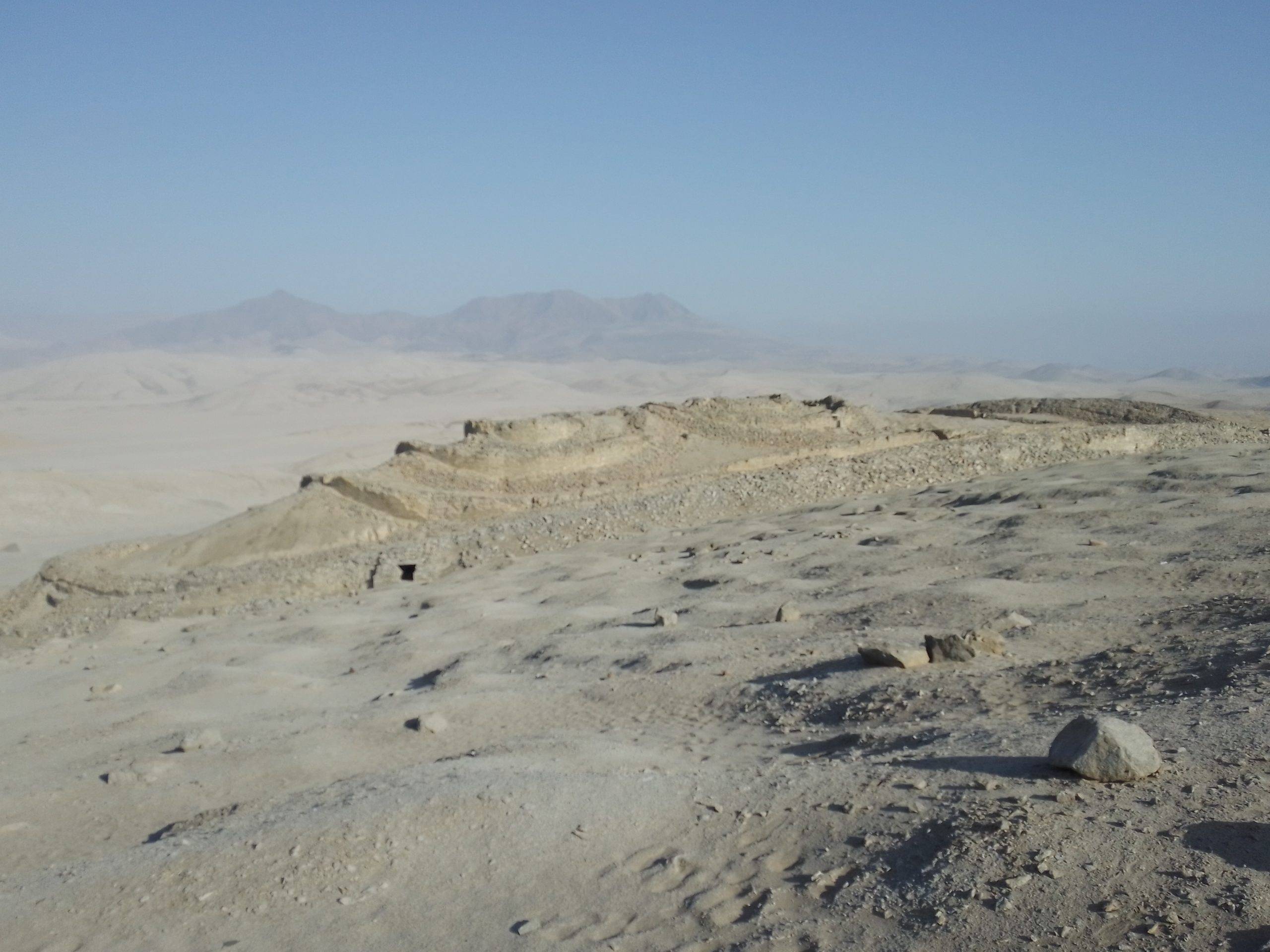
How was the Chankillo Archaeoastronomical Complex used by the ancient cultures of Peru?
The Chankillo Archaeoastronomical Complex was a multifunctional site used by the ancient cultures of Peru. Its primary function was as an astronomical observatory. The thirteen towers were used to track the sun’s movement throughout the year, providing a solar calendar. Observers could watch the sunrise or sunset from specific points within the complex to determine the exact date.
The complex also had a religious significance. The fort and the artificial mound may have been used for ceremonial purposes related to the sun and its cycles. The alignment of the towers with the solstices and equinoxes suggests that they were used for rituals and ceremonies at these significant times of the year.
The fort at the complex also suggests a defensive or military function. Its strategic location and design indicate that it could have been used as a stronghold or lookout point. The presence of residential and storage areas within the fort suggests that it was inhabited, possibly by a group of elite or specialized individuals.

What is the history and origin of the Chankillo Archaeoastronomical Complex?
The Chankillo Archaeoastronomical Complex dates back to the 3rd century BC, making it one of the oldest known astronomical observatories in the Americas. It was built by the Casma/Sechin culture, a pre-Inca civilization that thrived in the coastal desert of Peru.
The complex was constructed on a hill in the desert, with the thirteen towers forming a toothed horizon. The towers are evenly spaced and cover the entire range of the sun’s movement throughout the year. The complex also includes a fort and an artificial mound, both of which are thought to have been used for astronomical observations.
The complex was in use for several centuries before being abandoned. It was rediscovered in the 19th century and has been the subject of archaeological study since the early 20th century. Despite its age and exposure to the elements, the complex remains remarkably well-preserved, providing a unique insight into the astronomical knowledge and practices of the ancient cultures of Peru.
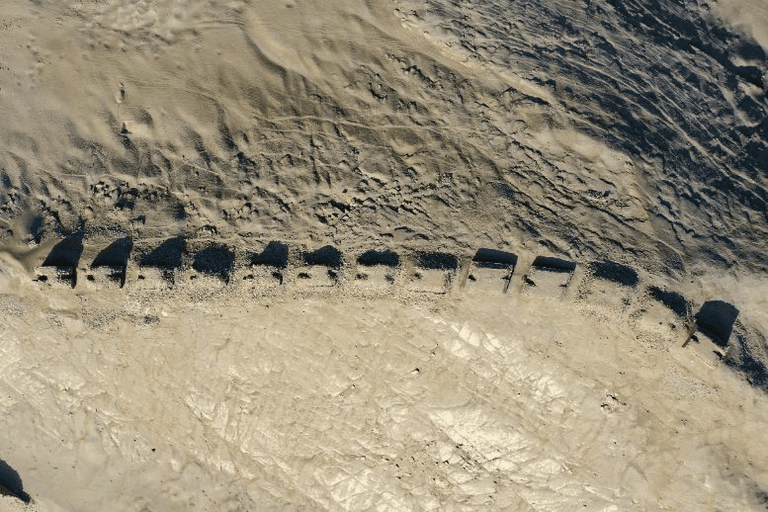
What kind of archaeological discoveries have been made at the Chankillo Archaeoastronomical Complex?
Numerous archaeological discoveries have been made at the Chankillo Archaeoastronomical Complex. The most significant of these is the complex itself, with its thirteen towers, fort, and artificial mound. These structures provide evidence of the astronomical knowledge and practices of the ancient cultures of Peru.

Artifacts found at the site include pottery, textiles, and stone tools, which provide insights into the daily life and activities of the people who lived and worked at the complex. The presence of these artifacts suggests that the complex was not just an astronomical observatory but also a lived-in space.
In addition to these physical artifacts, the complex itself is a significant archaeological discovery. Its design and alignment with the sun’s annual cycle provide evidence of the technical skills and scientific understanding of the ancient cultures of Peru. The complex’s preservation and study can contribute to our understanding of the history of astronomy and the cultural life of ancient societies.
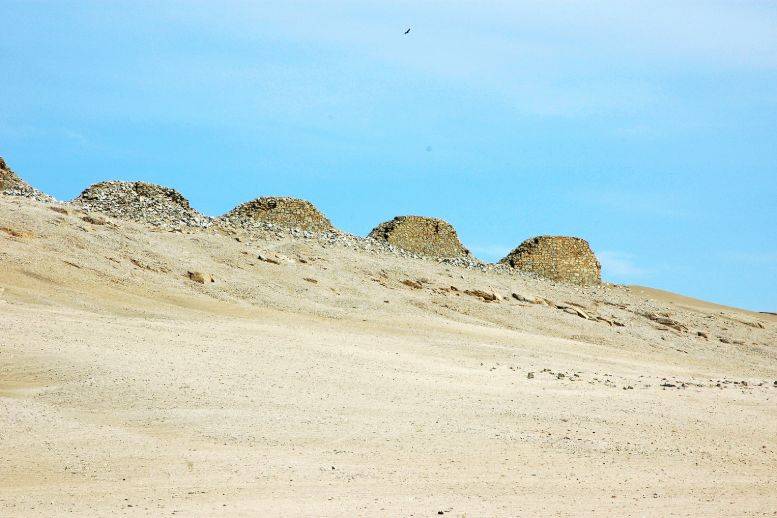
How can I visit the Chankillo Archaeoastronomical Complex and what should I expect to see there?
The Chankillo Archaeoastronomical Complex is located in the coastal desert of Peru, near the city of Casma. It is accessible by road and is open to the public. Visitors can explore the complex and see the thirteen towers, the fort, and the artificial mound.
The towers are the most distinctive feature of the complex. They are evenly spaced along the ridge of a hill, forming a toothed horizon. From specific points within the complex, observers can watch the sunrise or sunset over the towers to determine the exact date.
The fort is a large structure with radial walls, thought to have been used for solar observations. The artificial mound may have served as an observation point. Both of these structures provide insights into the astronomical practices and beliefs of the ancient cultures of Peru.
Visitors to the complex can also see the artifacts found at the site, including pottery, textiles, and stone tools. These artifacts provide a glimpse into the daily life and activities of the people who lived and worked at the complex.
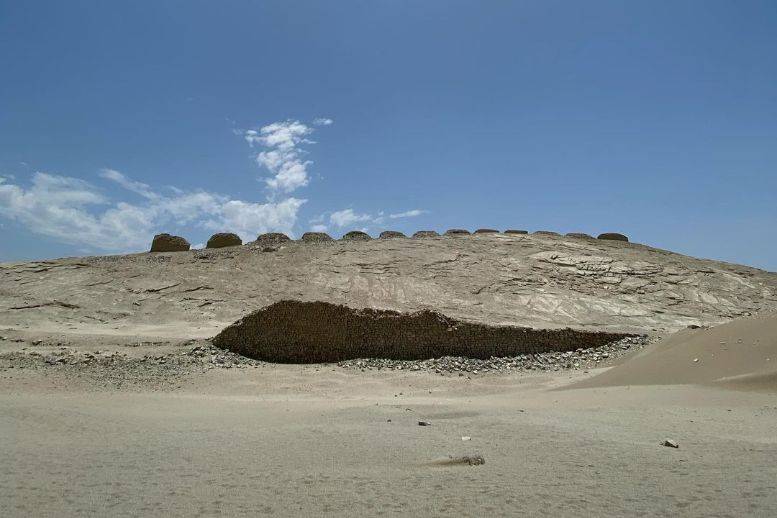
Conclusion and Sources
The Chankillo Archaeoastronomical Complex is a unique archaeological site that provides valuable insights into the astronomical knowledge and practices of the ancient cultures of Peru. Its preservation and study can contribute to our understanding of the history of astronomy and the cultural life of ancient societies.
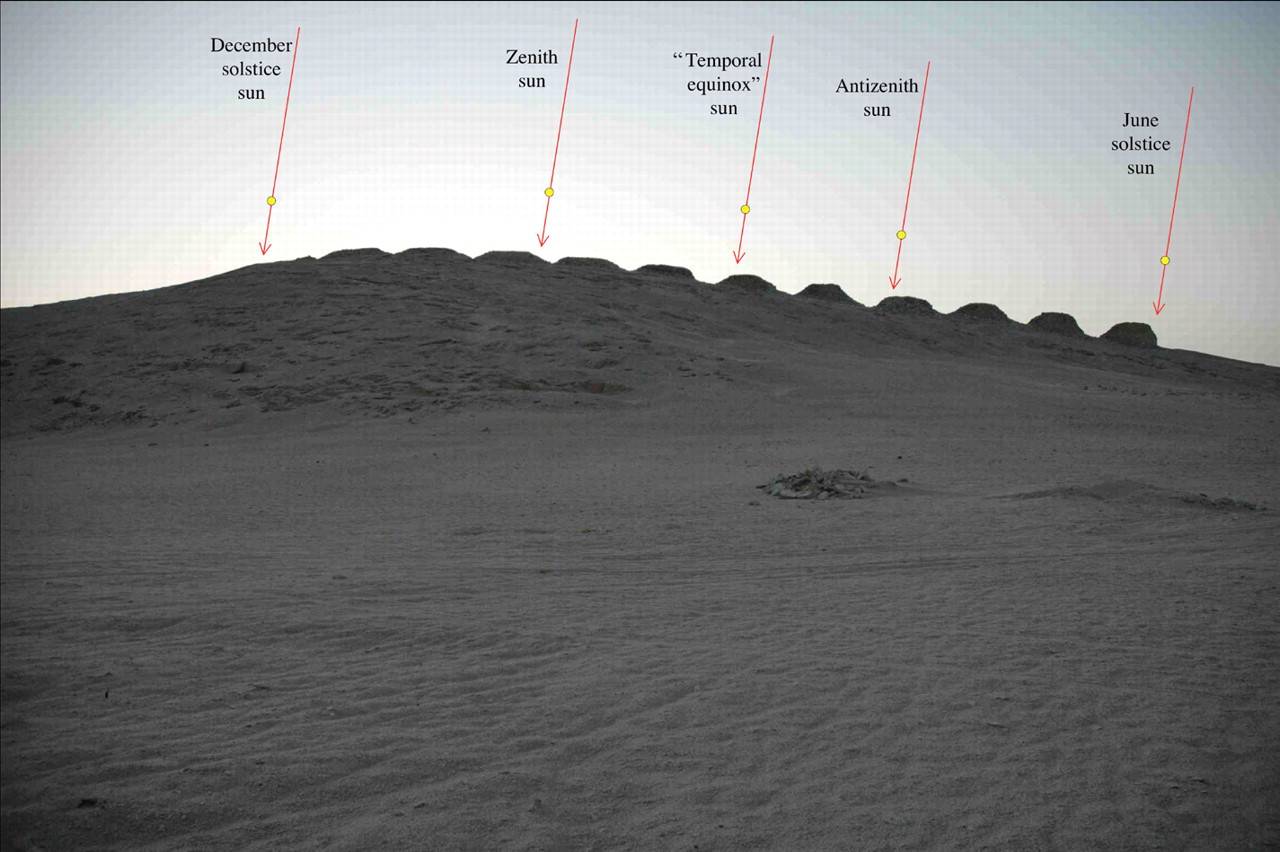
For further reading and to verify the information provided, the following sources are recommended:
